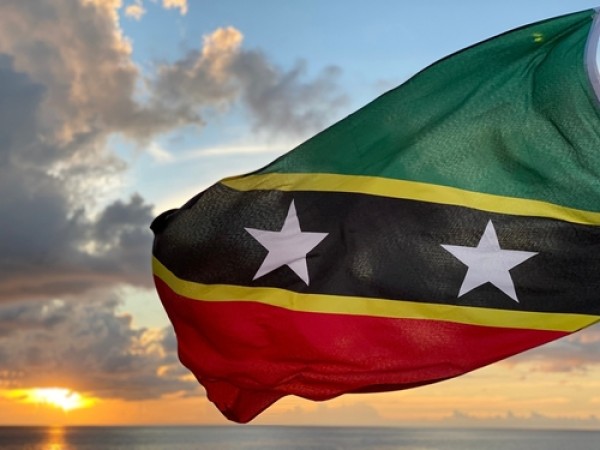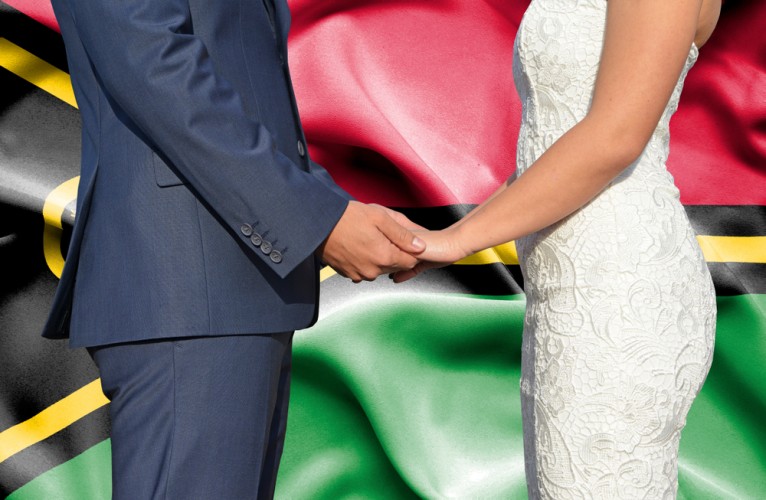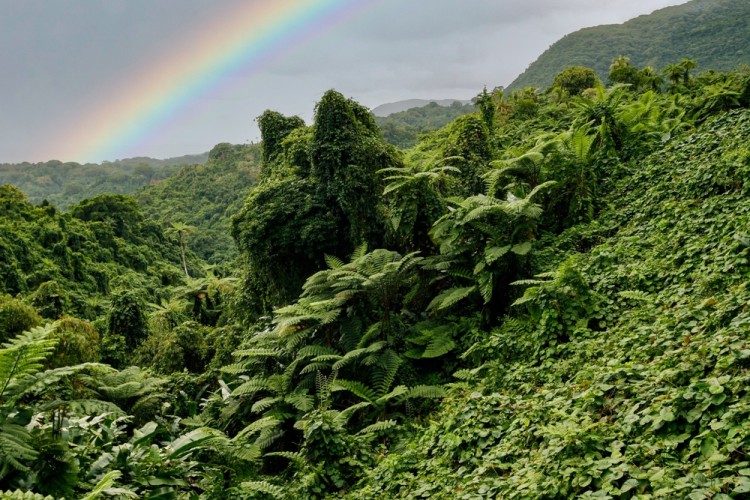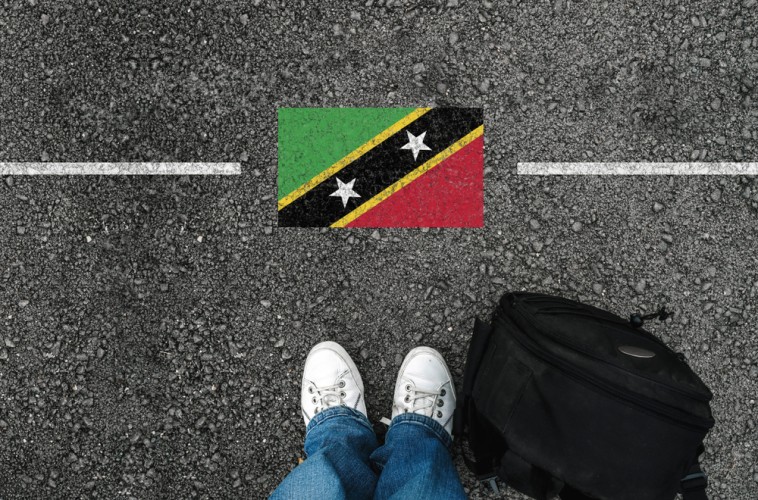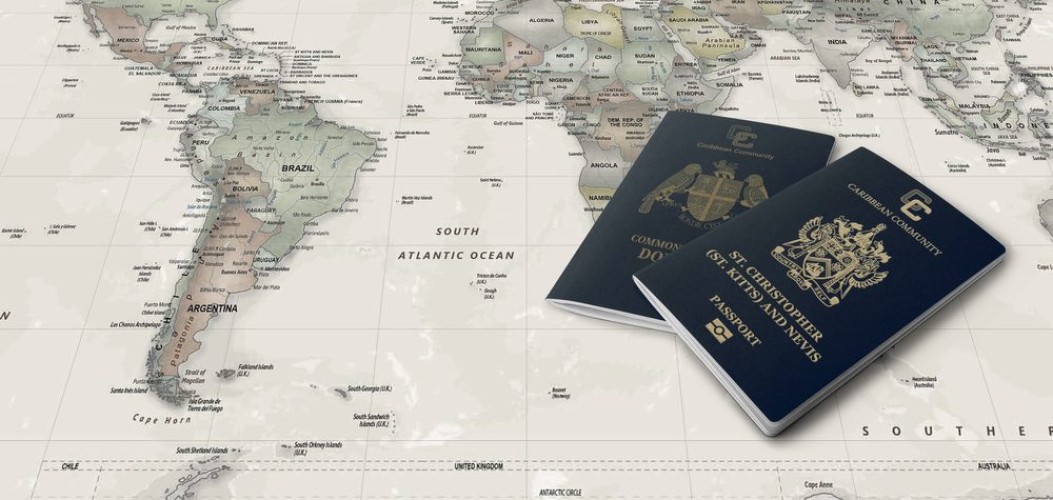Tucked away in the eastern Caribbean, St. Kitts and Nevis is the smallest sovereign state in the Western Hemisphere, both in size and population – but its charm and significance far outweigh its modest scale. Comprising two sister islands, this twin-island federation is known for its lush green mountains, golden beaches, and rich colonial heritage, making it one of the Caribbean’s best-kept secrets.
Formerly part of the British Empire, St. Kitts and Nevis gained independence in 1983, yet it remains part of the Commonwealth of Nations and maintains strong international ties. Today, the country is recognized not just as a tourist paradise, but also as a premier destination for second citizenship through investment, drawing interest from high-net-worth individuals around the globe.
From the historic charm of Basseterre to the tranquil beaches of Nevis, the islands offer a unique blend of tropical beauty, political stability, and economic opportunity. Whether you’re planning a vacation, exploring investment options, or simply curious about this Caribbean nation, this article will provide a comprehensive overview of everything you need to know about St. Kitts and Nevis – its geography, history, culture, economy, and its growing global appeal.
Geography and Climate
Saint Kitts and Nevis is a compact twin‑island nation covering approximately 261 km² (104 sq mi). Located in the eastern Caribbean at about latitude 17°N and longitude 62°W, St. Kitts is the larger island (68 sq mi), while Nevis spans roughly 36 sq mi and lies around 3 km southeast of its sister island.
Both islands are volcanic and mountainous with lush rainforests, fertile slopes, and steep ridgelines. The terrain results in microclimates – while coastal areas enjoy warm tropical weather, the elevated regions may be slightly cooler. The islands receive year-round rainfall, supporting rich biodiversity and agricultural activity.
History
Colonized by the British and French in the 17th century, St. Kitts and Nevis changed hands multiple times amid European power struggles. The islands played a central role in the transatlantic sugar economy and plantation system. Following the abolition of slavery in 1834 and a steady decline in sugar production, the country transitioned to independence in 1983, while retaining membership in the Commonwealth. St. Kitts and Nevis is also the birthplace of Alexander Hamilton and is known for its historic Brimstone Hill Fortress, a UNESCO World Heritage Site.
Citizenship by Investment Program
Saint Kitts and Nevis is globally recognized as the birthplace of the modern Citizenship by Investment (CBI) model. Since 1984, the country has offered foreign investors a secure, legitimate, and strategically advantageous path to dual citizenship. Known for its political stability, visa-free travel opportunities, and attractive tax regime, the St. Kitts and Nevis CBI program is widely trusted among high-net-worth individuals seeking global mobility, asset diversification, and enhanced family security.
| Option | Minimum Investment (USD) | Additional Fees & Notes |
|---|---|---|
| Sustainable Island State Contribution (SISC) | $250,000 (single) | +$25k per dependent <18, +$50k per dependent ≥18; due diligence: $10k main, $7.5k per dependent |
| Public Benefit Option (PBO) | $250,000 (single or family) | Similar financial requirements to SISC, donation-based without asset ownership |
| Real Estate (approved projects) | $325,000–$400,000 | Must be held 5–7 years; government fees start at $25k additional per applicant |
The St. Kitts and Nevis Citizenship by Investment Program stands as a gold standard in the investment migration industry. Its longevity, strong due diligence process, and family-inclusive structure provide an exceptional platform for global citizens seeking second citizenship for travel freedom, business expansion, and asset protection.
For affluent individuals, this program is more than a travel document – it’s a strategic gateway to international opportunities, tax optimization, and legacy planning. Whether your goals involve greater global access, wealth diversification, or securing a better future for your children, our expert team can help guide you through the entire CBI process with confidentiality and efficiency.
Demography
Despite its modest population, Saint Kitts and Nevis is a socially vibrant and culturally rich society. The islands’ demographic profile reflects their history as a colonial hub and a modern, independent nation positioned at the crossroads of global movement, tourism, and investment.
| Value | |
|---|---|
| Total Population (2023) | ~54,000 |
| St. Kitts Share | ~75% |
| Nevis Share | ~25% |
| Dominant Ethnic Group | Afro-Caribbean (~92%) |
| Minorities | European, East Indian, Middle Eastern (~8%) |
| Official Language | English |
| Widely Spoken Dialect | Saint Kitts Creole English |
| Main Religion | Christianity (Anglican, Methodist, Pentecostal) |
The population is relatively youthful, with a median age around 35. The diaspora is also significant – many Kittitians and Nevisians live abroad in North America and the UK but retain deep ties to their homeland. The demographic landscape of St. Kitts and Nevis reveals a stable, English-speaking, predominantly Afro-Caribbean nation with a growing number of international residents. As the country continues to welcome foreign investors and second-citizenship holders, its multicultural fabric is becoming more global. For investors, this demographic stability is a key indicator of long-term national resilience, social harmony, and opportunity.
Economy
The economy of Saint Kitts and Nevis is dynamic, service-driven, and tourism-focused. After phasing out its traditional sugar industry in 2005, the government shifted toward sustainable sectors such as financial services, real estate, tourism, and offshore education. Key Economic Sectors:
- Tourism. Tourism is the largest contributor to GDP – accounting for over 40%. Luxury resorts, eco-adventures, cruise tourism (via Port Zante), and medical tourism all contribute to national income. The islands are popular among high-net-worth travelers seeking tranquility, tax benefits, and natural beauty.
- Real Estate & CBI. The Citizenship by Investment Program has directly stimulated real estate growth. Approved development projects – from branded resorts to boutique villas – create jobs and expand foreign investment. Luxury buyers often purchase high-end properties not only for lifestyle purposes but also to qualify for citizenship.
- Financial Services & Offshore Banking. The nation is a known offshore financial hub. It offers tax incentives, low regulation for foreign investment, and a strong privacy regime for trusts, insurance, and wealth planning. The Eastern Caribbean Central Bank ensures regional monetary stability and a fixed exchange rate with the U.S. dollar.
- Education & Services. International education has become an economic pillar, with Ross University School of Veterinary Medicine and offshore medical schools attracting thousands of foreign students annually. These institutions support local businesses, rental markets, and employment.
- Agriculture & Light Manufacturing. While agriculture has declined, small-scale farming (vegetables, fruits, and fisheries) still supports food security. Light manufacturing includes beverages, clothing, and electronics assembly.
Economic Strengths for Investors
- Currency Stability: The Eastern Caribbean dollar (XCD) is pegged to the U.S. dollar.
- Low Inflation & Steady GDP Growth: Post-COVID recovery has been steady.
- No Personal Income Tax: No tax on capital gains, inheritance, or foreign income.
- High Literacy Rate: Educated workforce supports business and professional services.
Through its CBI program and progressive policies, it continues to attract a global clientele – entrepreneurs, retirees, and families alike – who are reshaping the islands’ economic trajectory while enjoying the benefits of Caribbean citizenship.
Tourism
Visitors are drawn to the islands for their combination of natural beauty, heritage sites, and recreational amenities:
- Beaches & Coastal Resorts: Secluded beaches, luxury resorts, and yacht marinas across both islands.
- Eco- and Heritage Tourism: Brimstone Hill Fortress, hiking trails, rainforest tours, and volcanic terrain.
- Cultural Events: Annual events like the St. Kitts Music Festival attract international audiences.
- Adventure Sports: Sailing, kite surfing, whale watching, and coral reef diving are widely available.
The islands receive sustained growth from tourism, including cruise ship traffic via Port Zante and long-stay visitors attending universities or vacation homes.
Saint Kitts and Nevis may be small geographically, but it looms large in tourism, investment, and global citizenship. Its stable democracy, dual‑citizenship policy, and developer-approved CBI program make it a stand-out among Caribbean nations. With visa-free access to more than 150 countries, favorable tax laws, and a high quality of life, this twin‑island state appeals to investors, families, and global citizens alike. Whether you’re drawn by vibrant beaches, historical charm, or international mobility, St. Kitts and Nevis offers an enduring legacy of opportunity and beauty.

